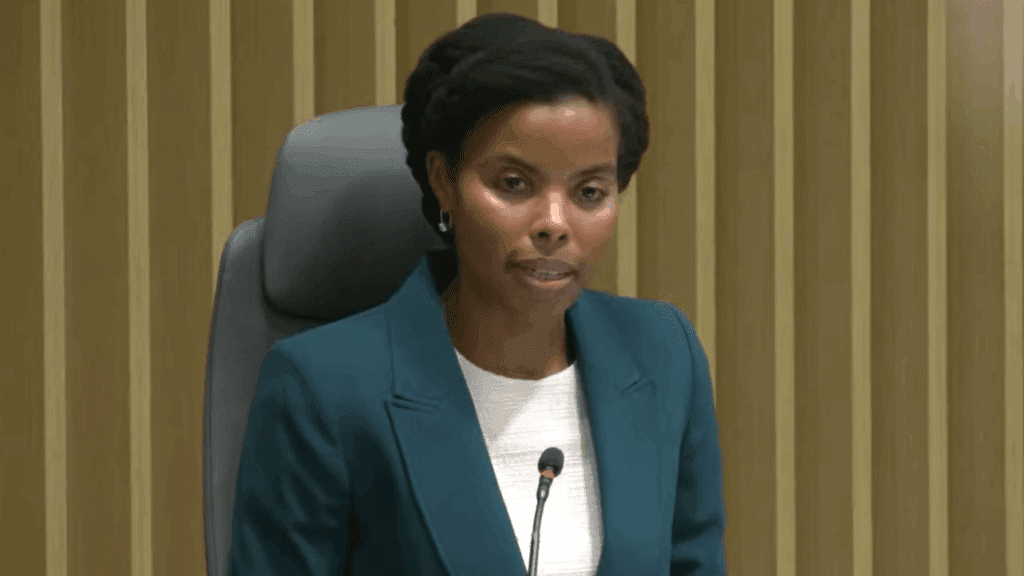Proposed 5G Fund Rekindles Debate Over FCC Mapping
Randy Sukow
|
FCC Chairman Ajit Pai, during today’s monthly FCC agenda meeting, framed the need for a new “5G Fund” in rural terms. The gaps in current rural wireless connectivity demands faster action, he said, as the Commission adopted a Notice of Proposed Rulemaking (NPRM) proposing the program. The new fund would replace the former Mobility Fund Phase II universal service program with a 10-year, $9 billion dollar fund to build out 5G technology, especially in rural areas where there are current gaps in wireless coverage.
The measure passed with the three Republican commissioners approving and the two Democratic commissioners partially dissenting. The difference between the two parties sounded familiar … like the debate over the Rural Digital Opportunity Fund (RDOF). The majority favored moving forward as quickly as possible while the minority favored waiting until there are better maps available to locate current wireless coverage.
“As the roll out of 5G happens in the United States, we must ensure rural Americans are not left behind,” Pai said. “More than 200 million urban and some suburban Americans have access to 5G mobile broadband. We’ve taken decisive action to bring 5G to rural America. … Without further action, Americans living in the most rural and sparsely populated areas could be left behind.”
The proposed rules for the 5G Fund also are reminiscent of the RDOF rules. Like the $20 billion RDOF program, the new program would distribute support through reverse auctions in two phases. The first phase would distribute $8 billion and fill in most of the identified unserved and underserved areas. The remaining $1 billion of support in Phase II would go toward serving especially hard-to-reach areas and focus on connecting systems for precision agriculture.
The NPRM asks for comment on two options. The first option would call for holding the Phase I reverse in 2021 based on the areas known to be unserved based on FCC Form 477 data. The second option would delay Phase I until 2023, after the Commission completes more accurate mapping.
Commissioner Jessica Rosenworcel said the NPRM should not include the first option at all. She estimated that it would take about three years for the FCC to build wireless coverage maps adequate to go forward with a 5G Fund. She pointed to officials in the state of Vermont, who a year and a half ago conducted a field survey of wireless coverage in the state to demonstrate the inaccuracy of FCC maps.
“Now fast forward to the present … Instead of using the work [of Vermont and other third parties] to fix maps to get a clear picture of where deployment is and is not, the [FCC] threw up its hands and canceled the Mobility Fund II effort. In its place we have what we introduce today, the new 5G Fund,” Rosenworcel said. “This do-over has serious flaws. We are just ignoring the problems of mapping we made before and are at risk of making the same mistakes again.”
But others said the need for rural 5G is immediate.
“5G is live today not just in New York and San Francisco, but in places like Sioux Falls, SD, and Peach Tree Corner, GA. With all that progress there’s a lot of work ahead,” said Commissioner Brendan Carr, who voted in favor of the NPRM. “We want every community in the country to have a fair shot at next-gen connectivity. There are many Americans in rural areas where there is no business case for building 5G networks. To close that gap, we’re proposing the largest effort ever to support high-speed global networks in communities across the country.”


